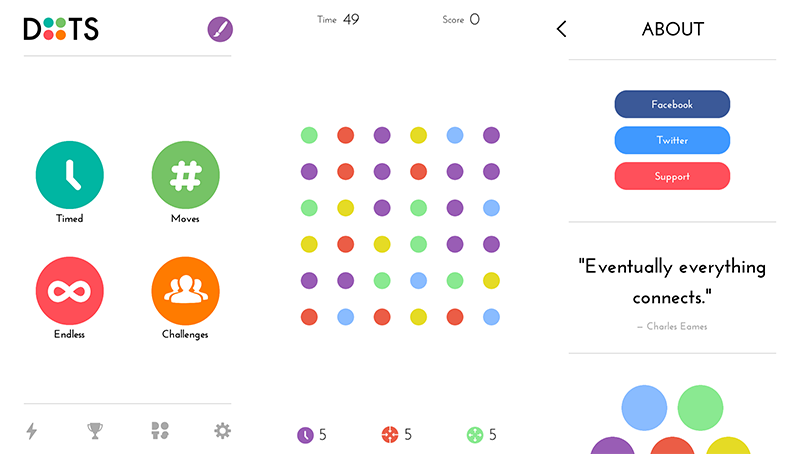Introduction – the game of dots
By: Mark Anderko, Sr. Director of Program Operations for Mutualink Inc.
Have you ever played the game of Dots? The objective of the game is to connect dots along horizontal and vertical lines. The game seems simple. But add in a time constraint and it causes your brain to process changes to the environment; this action induces stress. And the game does not automatically match like dots, so the player must make the connections. As you connect the dots, you can group like dots together to assist in your quest to navigate the game.
In the end it pays for the player to keep on playing. The player learns and develops an improved skill set. Success in the game increases. The player receives recognition from peers because the game connects to Twitter and Facebook. Players see how their peers are performing in comparison to themselves.
Building Blocks for Success
In today’s world of preparedness and response planning, lines of communication and situational awareness often become blurred or disconnected. These symptoms of an event often lead to stress-induced decisions. Stress induced actions may or may not take in all the information necessary to make an educated, informed decision. Unlike the game of Dots, these real-world miscues result not only in disappointment but can contribute to life safety issues, organizational scrutiny and embarrassment. Liability issues may arise.
This blog will be dedicated to the Who, What, Where, How, and Why it is necessary to put solutions in place that assist you in navigating challenges and educating personnel on the importance of the solution. The delivery of frequent training will provide competency and confidence to those tasked with the solution. This blog will also address the importance of relationships and connections between parties. Relationships are created and developed by identifying the commonality of purpose and the notion that “we can’t go it alone”.
Last, but not least, it will review organizational strengths and weaknesses as it applies to preparedness and response planning and the importance that gap analysis plays in the resiliency and ability to respond in the most chaotic environments. In the coming months, I will present use cases that will show the impact of a properly onboarded and operationalized solution. I will also discuss and break down real-world situations and the impacts they have on our preparedness and response community. Take a lesson from the game of Dots.
Next Blog: New Year’s Eve 2018 / 2019 Multi-State Situational Awareness Event
How scheduled events improve agency abilities to share information in real-world events.
Mark Anderko is a retired Deputy Chief of Police from New Jersey with 28 years of experience in Law Enforcement and Emergency Management. In addition, Mark Anderko has served as an adjunct instructor for undergraduate and graduate-level courses in Police Science and Emergency and Disaster Management. Mark is the Sr. Director of Program Operations for Mutualink.
Mutualink provides secure interoperable communications and information sharing solutions for emergency management, first responders, schools, and private security and protective service providers worldwide. Mutualink’s hardware and software empowers agencies to interoperate and communicate. The company connects radio, phone, video, text and data among thousands of global customers on the network. The solution grew out of needs identified after the 9/11 terrorist attacks, when FEMA presented the National Incident Management System (NIMS).





